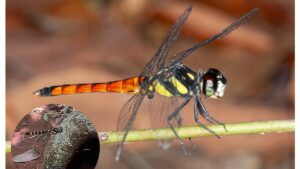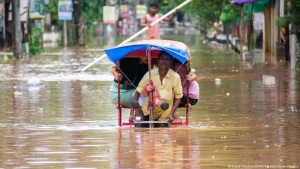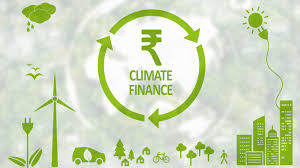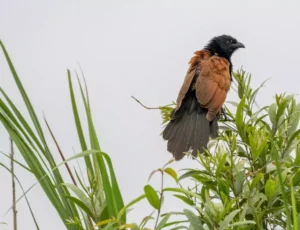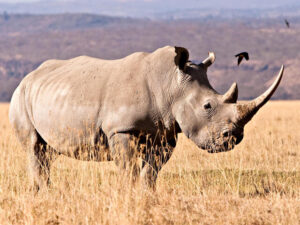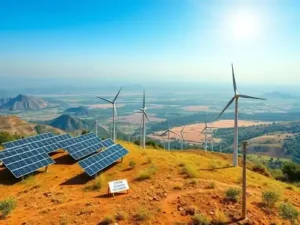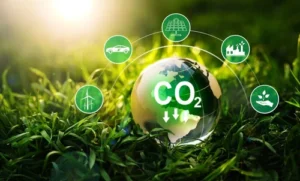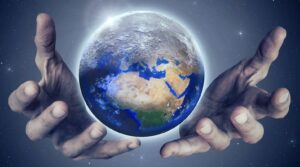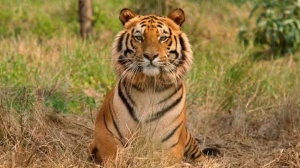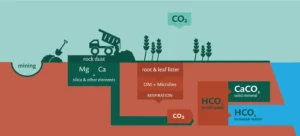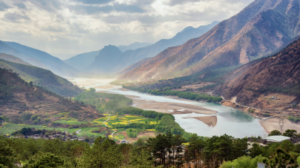Skip to content
Escalating Extreme Weather Events in India
Decarbonisation of Global Shipping
Kaziranga National Park’s First Grassland Bird Survey Report Released
Genetic Profiling of Rhino Horns Initiated in Assam
India Achieves 50% Non-Fossil Power Capacity
End-of-Life Vehicles (ELVs)
FGD Exemption for Thermal Power Plants
Geothermal Energy in India
Sustainable Aviation Fuel (SAF)
Carbon Border Adjustment Mechanism (CBAM)
Reforming UNFCCC Processes
International Conference on Financing for Development (FfD4)
Microplastics and Their Alarming Impact
Jellyfish Blooms in Kerala
Sariska Tiger Reserve and Proposed CTH Redrawing
Enhanced Rock Weathering (ERW)
State of the Climate in Asia 2024 Report
